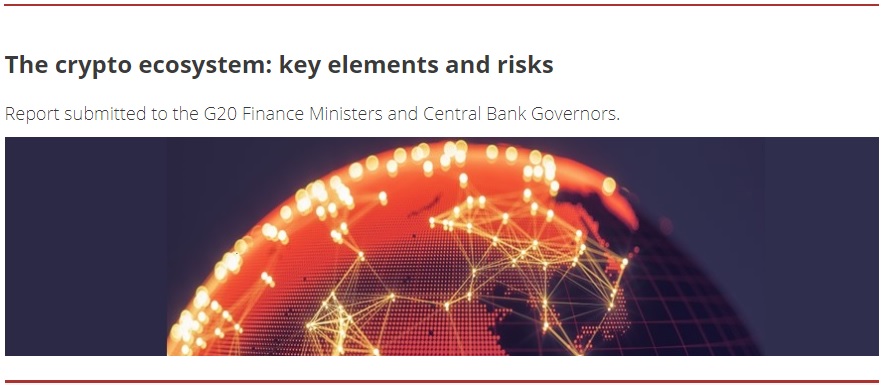Crypto has so far failed to harness innovation to the benefit of society – BIS report. The report suggest that crypto’s inherent structural flaws make it unsuitable to play a significant role in the monetary system.

In just over a decade, crypto has gone from niche activity to something that impinges on the mainstream financial system. While initially it was the preserve of a small set of enthusiasts, millions of retail users as well as more and more institutional investors have entered the crypto ecosystem in recent years.
Crypto offers some elements of genuine innovation, such as programmability and composability. With these new functionalities, sequences of financial transactions could be automated and seamlessly integrated. Together with tokenisation, this has the potential to reduce the need for manual interventions that currently delay transactions and create costs.
That said, crypto has so far failed to harness innovation to the benefit of society. Crypto remains largely self-referential and does not finance real economic activity. It suffers from inherent shortcomings related to stability and efficiency, as well as accountability and integrity. These structural flaws result from the underlying economics of incentives rather than technological limitations. Furthermore, while DeFi and crypto for the most part replicate services offered by the traditional financial system, they can exacerbate known vulnerabilities. Taken together, the key takeaways from this report suggest that crypto’s inherent structural flaws make it unsuitable to play a significant role in the monetary system.
Main takeaways
This report reviews the key elements of the crypto ecosystem and assesses their structural flaws.
There are three main takeaways. First, due to underlying economic incentives, the crypto ecosystem is characterised by congestion and high fees, which lead to fragmentation. Second, despite an original ethos of decentralisation, crypto and decentralised finance (DeFi) often feature substantial de-facto centralisation, which introduces various risks. Third, while DeFi mostly replicates services offered by the traditional financial system, it amplifies known risks.
Moreover, as DeFi does not finance activity in the real economy, its growth is driven by the speculative influx of new users, with substantial risks to investors. The report outlines policy options to mitigate the multiple risks crypto poses to investors, the traditional financial system and the economy at large.
____________
Blueprint for the future monetary system: improving the old, enabling the new
Dariusz Mazurkiewicz – CEO at BLIK Polish Payment Standard
Banking 4.0 – „how was the experience for you”
„To be honest I think that Sinaia, your conference, is much better then Davos.”
Many more interesting quotes in the video below:












